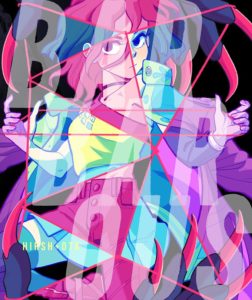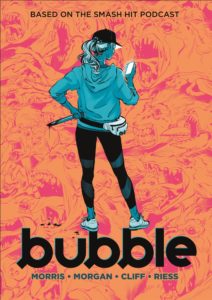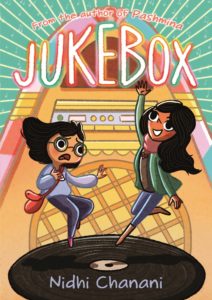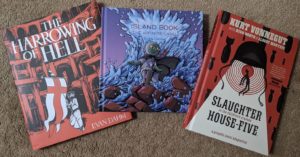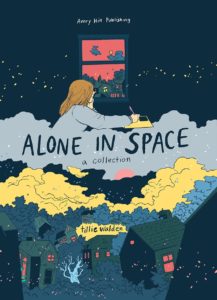Leeds Is Very, Very Large, You See
Hey, remember this? Yeah, it was a bit more than I’d anticipated. The fix wound up over-aggressively discarding emails and some stuff that should have come to me was swept up with the flood of spam and destroyed. Good news is the spam flood is now under control, and testing shows that the email address works again.
The bad news is I’m not sure how much I missed in there. I figured out today from clues elsewhere that Yuko Ota and Ananth Hirsh have launched a new Kickstart for a new “Leeds-sized” (that would be 9″ x 11.5″, which is a good deal larger than the trim size of almost anything else you’re getting) edition of the most recently completed Barbarous chapter.
Readers of this page will recall that Barbarous is great, that Chapter 5 is where the story really kicked in with a bunch of threads¹ coming together to create a very compelling whole. And now that Barbarous is back with the start of Season 2/Chapter 6, this is the perfect time to get the last one into print.
As of this writing, Ananth & Yuko are sitting a few bucks under US$25K (of a US$18K goal), about a day into the four week campaign; they’re actually higher on backers and total amount today over yesterday. The FFF mk2 says they’re on track for US$64K to US$96K which is entirely typical for their projects.
Even better, with Chapter 5 marking the end of the first story arc of Barbarous, Yuko & Ananth are offering the previous four print collections and a slipcover to put ’em in which would be really, really pretty on your shelf. They’re also offering a limited number of original pages (half of them are gone, get on that if you want ’em) at the ridiculously low price of US$250 for Chapter 5 + extras, or US$310 for the entire Season 1 (uh, those are gone). These are valuing a Yuko Ota original page at less than US$200, which is frankly ludicrous. Got them money? Jump on that.
One quick note — the delivery time on this campaign is approximately a year from now, what with printing schedules being thrown into chaos by the once and future pandemic, and with Ananth & Yuko having their business affairs run by George, I would imagine this date was chosen to be very, very conservative; recall that George has a track record of delivering backer rewards sometimes months early.
Even so, that’s far enough in the future that it’s impossible to predict what shipping costs will be like, so the campaign is not charging shipping at this time. You’ll pay that when it’s time to ship, so keep in mind that sometime in 2022 you’ll have to cough up for that.
Okay, that’s it. Webcomics pretty much don’t get better than whatever Yuko & Ananth are teamed up on. Get in on this now, or wait until conventions come back and maybe get a copy then. You’re better off getting now.
Spam of the day:
This year turned out to be very difficult. But we have optimized and reduced the cost of our products! It is almost impossible to find prices lower than ours, the sale is at the cost price level. Watch and be surprised by our super low prices
Your obvious scam might actually be slightly more plausible if you actually mentioned what your alleged products are.
_______________
¹ If you’re a Barbarous reader, I’m so sorry. If not, trust me, that was hilarious/groanworthy.
